
Bill Graves
Writer

Writer
I have worked as a daily newspaper journalist for 30 years, the last 20 at The Oregonian. I covered education most of that time, but in the last five years I also have been covering other social issues, including gay rights, health care, poverty and high-interest consumer lending. More recently, I have been covering health care and higher education. I co-authored a book on education reform called “Poisoned Apple,” published in 1996, and I served as president of the Education Writers Association from 1997 through 1999. I earned a bachelor’s degree in English at the University of Puget Sound in Tacoma, Wash., in 1972, and a Master’s degree in English at Western Washington State University in Bellingham, Wash., in 1976. I am 60, and my wife, Karin, and I have have three grown children.
Medical experts meeting at the NIH over the next three days are going to try to reach a consensus on whether to shift to a different testing method for gestational diabetes. If they decide to make the shift, the prevalence of gestational diabetes in U.S. pregnancies can be expected to double.
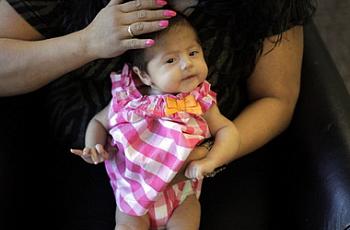
Doctors are debating whether to lower the blood-sugar threshold for determining whether a woman has with gestational diabetes. If that happens the number of pregnant women treated for gestational diabetes could more than double.
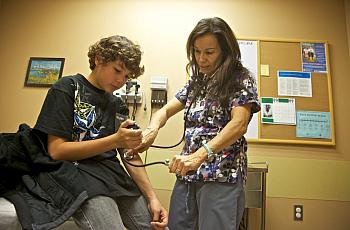
Health care program for Alaska Natives keeps better tabs on patients, often with email and texts, and reduces unnecessary doctor visits. And because patients usually get appointments the day they call, they turn to the emergency room less for primary care.
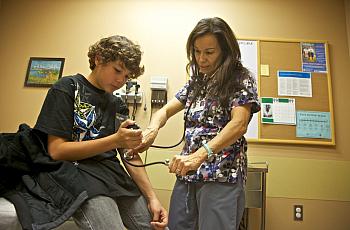
The fifth and final story in my series, "Invisible Nations, Enduring Ills," on health disparities affecting Native Americans in the Portland area ran today on the front page of The Sunday Oregonian. Today's story focuses on the dramatic success and efficiency of an innovative Native American health organization in Anchorage, Alaska, called...
Candida KingBird, 38, has lived a decade with diabetes and has five children, the last of whom nearly died from problems related to the disease after a cesarean section. The fourth part of my series on health disparities affecting Native Americans in Portland, Ore., tracks her journey through a difficulty, risky sixth pregnancy.
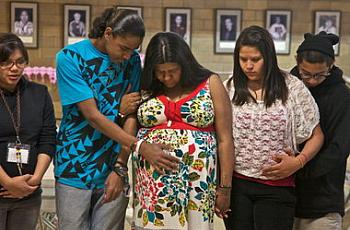
Candida KingBird, 38, has lived a decade with diabetes and has five children, the last of whom nearly died from problems related to the disease after a cesarean section. Read about her journey through a difficulty, risky sixth pregnancy.
From the start, I decided I would take as much time as I possibly could – that is the whole year – to complete my project on health disparities affecting Native Americans in the Portland area. I wanted to learn as much as I possibly could not only about Native health, but also about Native cultures.

How trauma, alcohol and the chaos they produce undercut Native American health.

<p>Native Americans have the highest diabetes rate among all racial and ethnic groups in America and offer a preview of where the rest of the country is headed. They also have found ways to keep the disease at bay.</p>
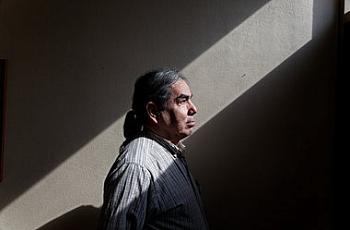
<p>Native Americans have the highest diabetes rate among all racial and ethnic groups in America and offer a preview of where the rest of the country is headed. They also have found ways to keep the disease at bay. </p>